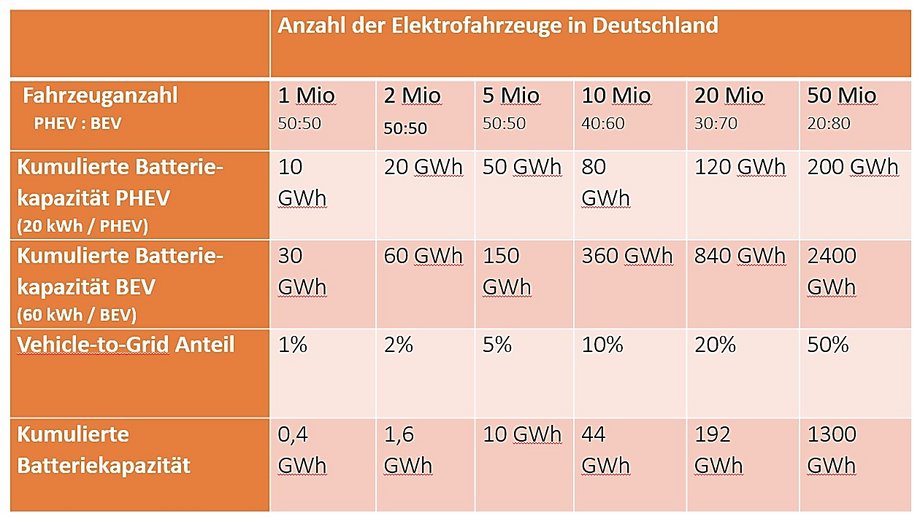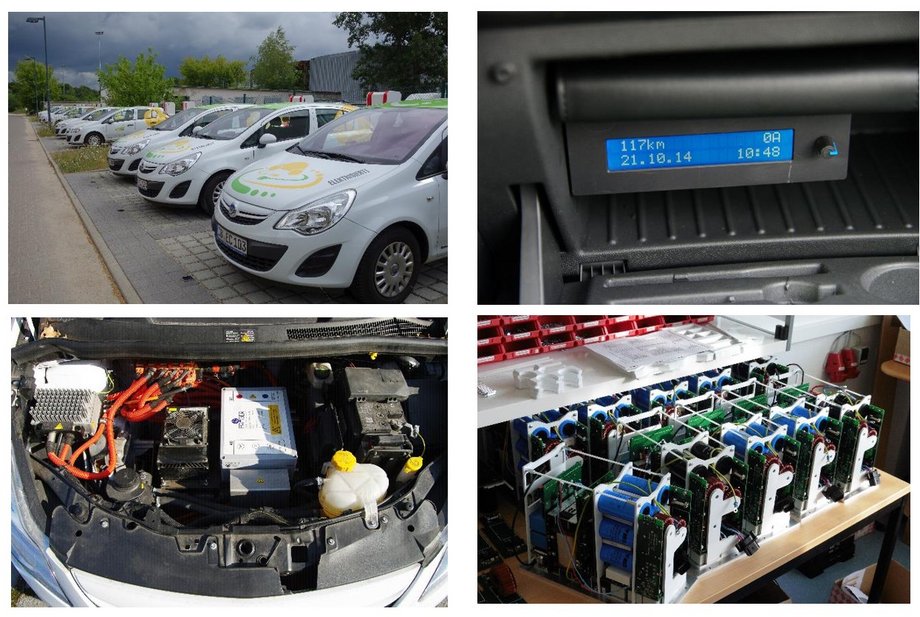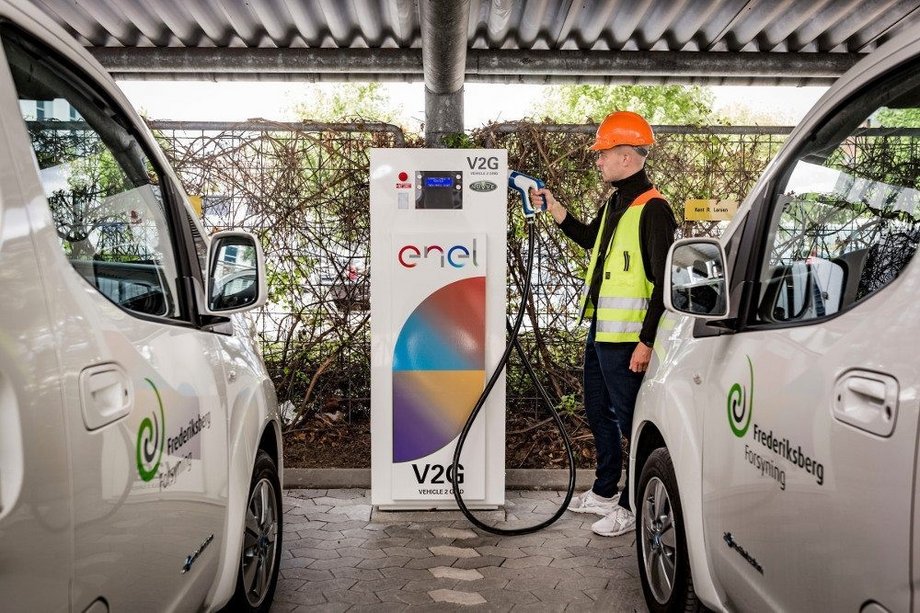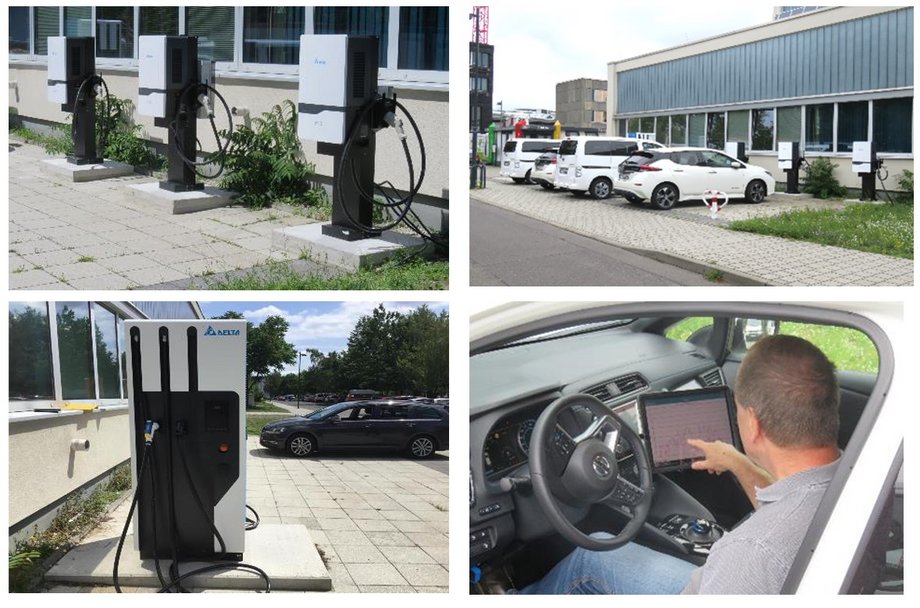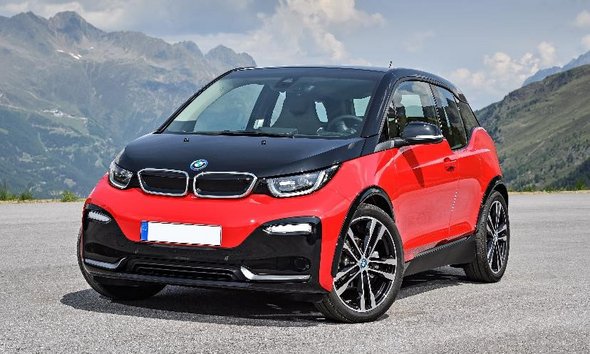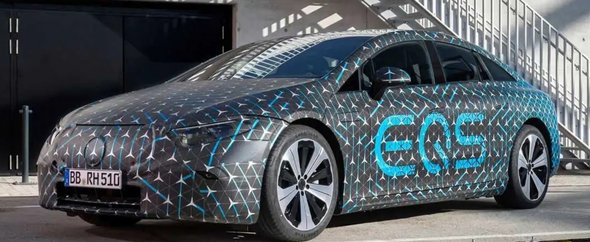Vehicle-To-Grid Capability
When it comes to the grid integration of e-cars, you have to focus on 3 totally different topics.
First is the charging ENERGY you need for the e-mobility sector. Compared with the total amount of energy needed in Germany with about 600 TWh, the charging energy its quite small within the next decade
More critical is the cumulated charging power. Compared with the actual peak load of 80 GW in Germany you can take from the table aside, that the cumulated charging power dramatically will exceed this value. So whenever the number of e-cars in Germany will reach 2-3 Mio cars (may be in 3-5 years) the controllable charging of these cars is absolutely necessary to avoid overloading of the low voltage distribution grids …. a lot of research topics for qualified PhD students.
If we can realize the communication between the driver, the charger and the grid control centers to organise this controllable charging, we are hopefully also able to use V2G chargers, so that the cars can contribute to the power system stability as long as they are connected to the power grid. The usable storage capacity can be quite significant compared with the actual situation, but again a huge amount of high qualified researchers and engineers will be needed for the roll-out and up-scaling of new solutions into the GW-range.
Very early in the year 2010, BTU started with first own research activities to use batteries of e-cars as storages in the power grid. That time only a very few e-cars were on the market, so we had to find a small company, which converted 30 Opel Corsa and 12 Mercedes Benz Sprinter with combustion engines into battery electric cars. After the necessary research with in total 10 PhD students, we converted several of these cars into Vehicle to Grid capable cars and tested them up to the year 2016.
In our approach we put the needed power electronic inverters into the cars, but still during our project we recognized more and more, that the large car manufacturer are not interested in integrating such additional devices into their cars.
To use as much as possible renewable energies for the charging of the cars, 15 of the a.m. e-cars were integrated into the Micro Grid at BTU, which will be also used to investigate the grid controlled charging of the e-cars or their Vehicle to Grid readiness.

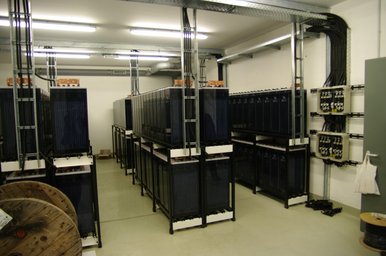
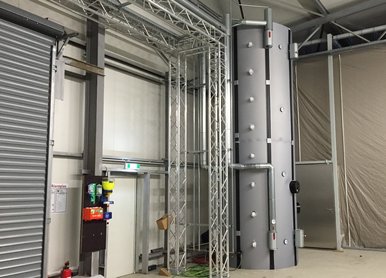
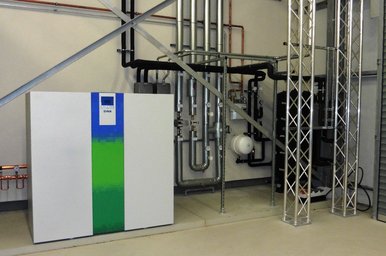
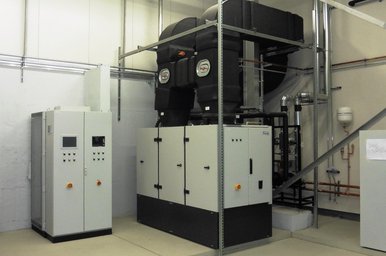
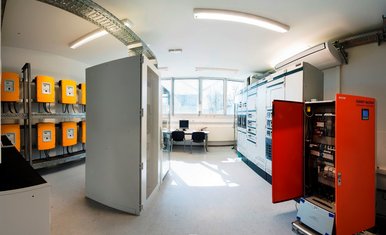
In parallel also a lot of other universities and companies started with their research on vehicle to grid. Some of them focussed on the integration of the V2G inverter into the charging column. All these projects are based on the Japanese CHAdeMO charging standard, because this standard is open to external users to implement new charging or discharging routines.
The international CCS charging standard, which meanwhile is mainly used in Europe, is hermetically closed for such “external improvements” from Non-OEM parties. Only with permission of the OEM (car manufacturer) it will be possible to communicate with the e-car, so that it will be able to charge and discharge.
Starting from 2018 onwards, BTU also moved into the V2G sector based on CHAdeMO Standard. In difference to the “self developed V2G Chargers” in the years before, a link could be built up between BTU and DELTA Electronics in Taiwan, which developed a professional V2H-Vehicle to Home Wall Box, designed together with NISSAN for the Japanese market.
Up to 2021, BTU and DELTA improved the technology of these V2H wall boxes, so that they are now V2G ready. Together we also developed an App and an energy management system, so that the car driver and also the grid can communicate with the V2G wall box.
Meanwhile BMW runs a project to develop a wall box with vehicle to grid capabilty, based on the international CCS-Charging standard. A field trial with 70 V2G-BMW i3 is scheduled from summer 2021 till summer 2023. Also Mercedes Benz announced that the new EQS will be available for the Japanese market from end of 2021 with vehicle to home capability, based on the Japanese CHAdeMO charging standard.


